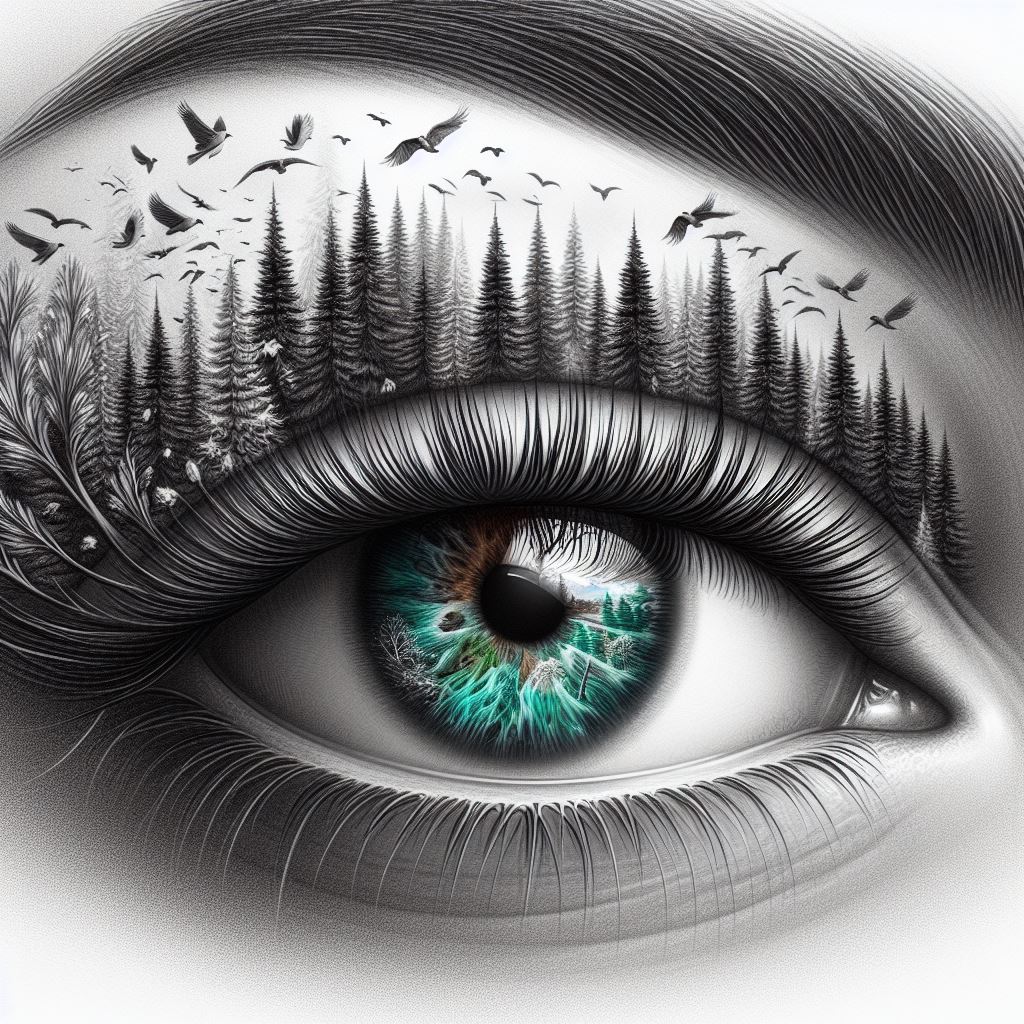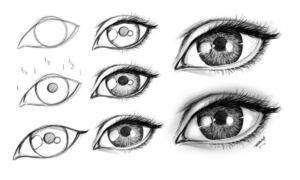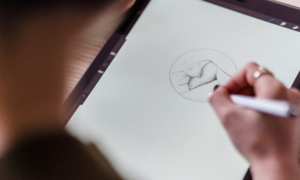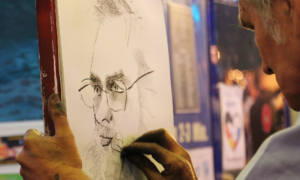In this article, I’ll provide you with quick and straightforward drawing tips aimed at enhancing your skills as an artist.
Becoming proficient in art demands extensive practice and learning, yet beginners often fall into common pitfalls. From my observations, I’ve compiled a list of these typical errors and transformed them into actionable drawing tips. As you go through these suggestions, consider which ones resonate with you and be open to making necessary adjustments to your approach.
So, without further ado, let’s delve into your guide to drawing improvement:
Quick and Simple Drawing Tips:
Tip #1: Focus on the Process, Not the End Result. Drawing is a form of relaxation and creative expression. Instead of fixating on creating a single grand masterpiece, embrace the practice of producing numerous smaller drawings. Quantity breeds quality, and by creating a volume of work, you’ll refine your skills and discover your artistic voice.
Tip #2: Train Your Eye to Observe Horizontal and Vertical Lines. Cultivating the habit of noticing and accurately depicting these lines will sharpen your observational skills. Over time, this practice will enable you to capture what you see more naturally and effortlessly.
Tip #3: Be Mindful of Head Positioning While Drawing. Even a subtle adjustment in your viewing angle can drastically alter your perception of the subject. While there’s no definitive right or wrong approach, consistency in your chosen perspective is crucial for maintaining coherence in your artwork.
Tip #4: Overcome Blank Page Anxiety by Setting Boundaries. When faced with the daunting task of starting a new drawing, alleviate pressure by outlining a clear border on your paper. Not only does this simple act initiate movement and action, but it also helps in selecting a focal point for your composition.
Tip #5: Utilize Contrast to Enhance Visual Impact. Instead of relying solely on erasers to correct mistakes, experiment with incorporating darker elements adjacent to lighter areas. This principle of contrast heightens visual interest and allows for nuanced shading techniques without the need for constant erasing.
Tip #6: Establish a Clear Mental Framework Before Commencing Your Sketch. Visualize the desired composition and layout on the page to ensure proper scale and proportion. By setting this mental blueprint beforehand, you’ll avoid the frustration of running out of space mid-drawing and achieve a more cohesive final result.
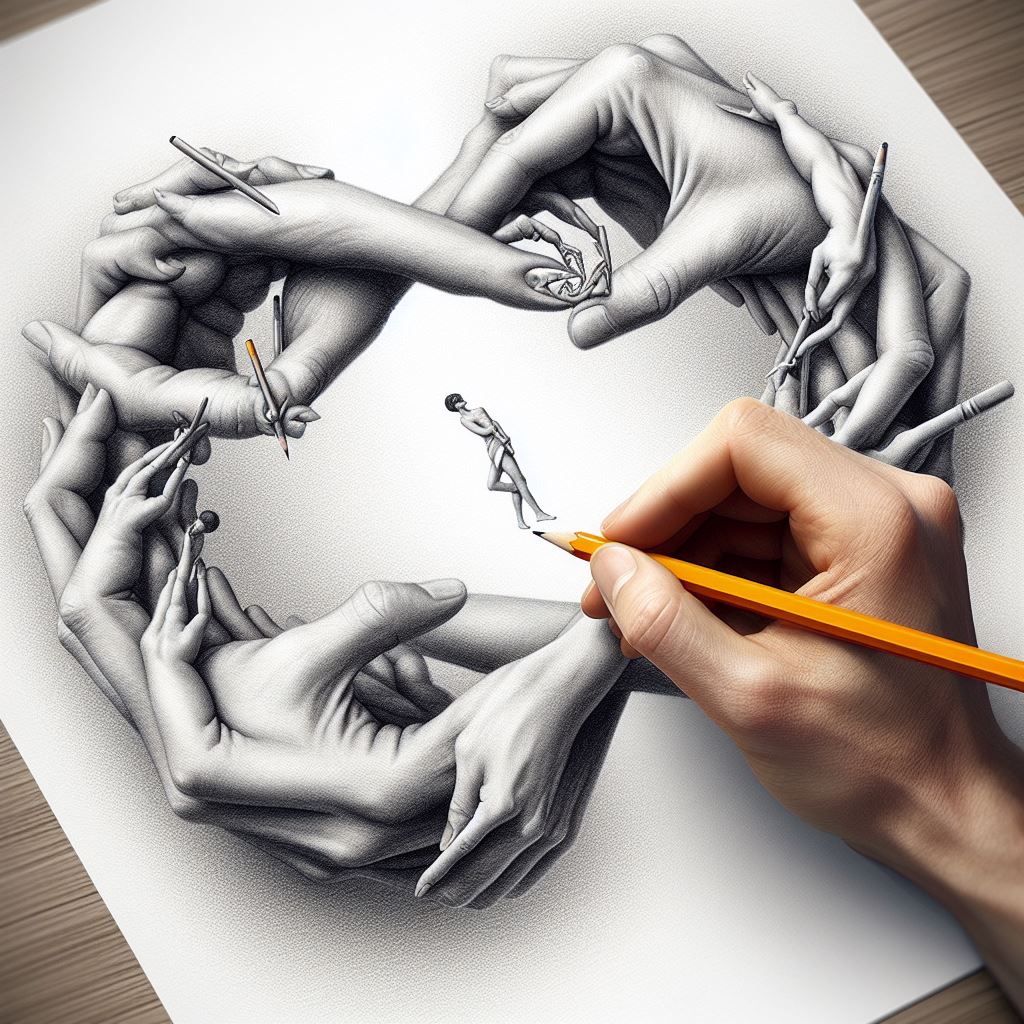
Tip #7: Embrace Quick Sketching. Enhance your perception and grasp of lines and forms by practicing rapid drawing techniques. Speedy sketches not only refine your understanding of visual elements but also contribute to creating fluid and dynamic compositions. With consistent practice, you’ll notice improvements in the fluidity and smoothness of your pencil strokes.
Tip #8: Simplify Complex Subjects. Don’t shy away from challenging subjects; instead, break them down into manageable components. Every object can be deconstructed into basic shapes like squares, circles, cylinders, and cones. By categorizing complex subjects into these fundamental forms, you’ll find it easier to tackle intricate details and achieve accurate proportions in your drawings.
Tip #9: Harness the Power of Q-Tips. A small yet versatile tool, the Q-tip proves invaluable for blending and refining pencil strokes. Its compact size makes it convenient to carry and allows for precise control when smudging and softening lines. Incorporating Q-tips into your drawing toolkit facilitates seamless blending, resulting in smoother transitions and realistic textures.
Tip #10: Consider the Light Source. Pay close attention to the direction of light when rendering shadows in your drawings. Accurate depiction of light and shadow adds depth and realism to your artwork. Ensure consistency in shadow placement relative to the light source; shadows should consistently appear on the opposite side of the light direction. Mastering light and shadow enhances the three-dimensional quality of your drawings, elevating them to a higher level of realism.
While these drawing tips may appear straightforward, their significance should not be underestimated. Keep them in mind during your artistic endeavors, and you’ll undoubtedly witness significant improvements in the quality and impact of your artwork.

